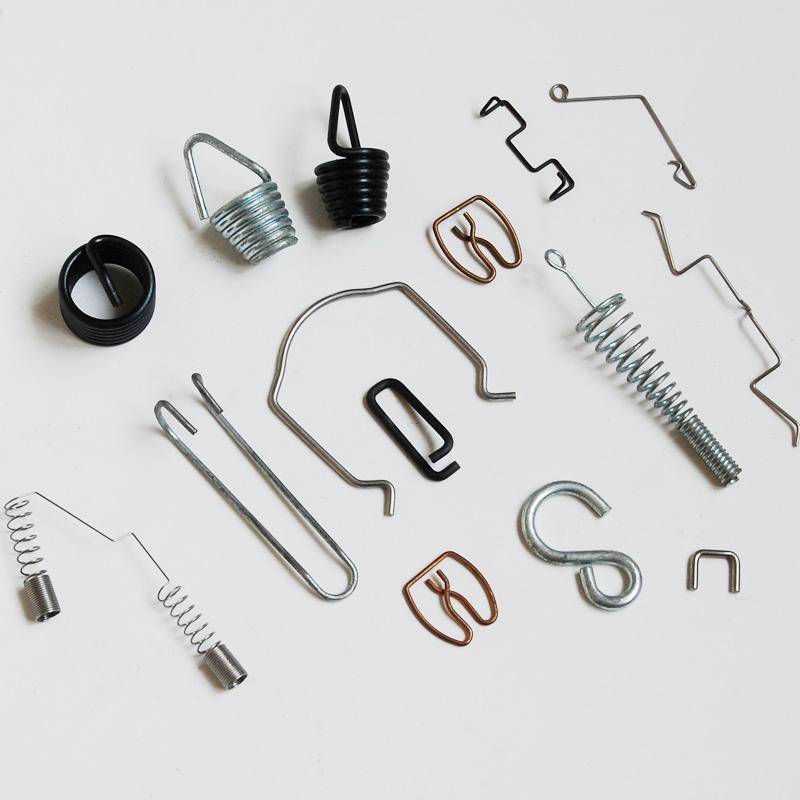
- Mobile Phone
- +8613931874955
- sales@cntcmetal.com
different types of cavity wall ties
Different Types of Cavity Wall Ties
Cavity wall construction is widely used in modern buildings for its excellent thermal performance and moisture control. To ensure the structural stability of cavity walls, the use of wall ties is essential. Wall ties serve as connectors between the inner and outer leaves of the wall, facilitating load transfer and reducing the risk of wall movement due to wind action. This article delves into the various types of cavity wall ties, their functions, materials, and key considerations in selecting the appropriate type for a construction project.
1. Types of Cavity Wall Ties
Cavity wall ties can be categorized based on their material properties, design, and specific applications
.a. Stainless Steel Ties Stainless steel wall ties are one of the most popular choices due to their high resistance to corrosion and longevity. They are often used in environments where moisture levels are high or there is a risk of rust. Available in various grades, such as AISI 304 and AISI 316, stainless steel ties are suitable for residential and commercial buildings alike, providing durability and strength over time.
b. Galvanized Steel Ties Galvanized steel ties are coated with a layer of zinc to protect against corrosion. They are less expensive than stainless steel options and are often used in less demanding environments. However, they may not be suitable for highly corrosive locations, such as coastal areas, where salt exposure can accelerate deterioration.
c. Plastic Ties Plastic wall ties are an innovative alternative to metal ties. They are lightweight, easy to handle, and resistant to corrosion and thermal conductivity. Their use is particularly beneficial in situations where minimal heat loss is desired, such as in energy-efficient buildings. However, they may not provide the same level of structural support as metal ties and are best used for specific applications.
d. Composite Ties Composite ties incorporate a mix of materials, often combining the thermal properties of plastics with the structural integrity of metals. These ties are designed to minimize thermal bridging, which helps improve the overall energy efficiency of a building. This type of tie is gaining popularity due to its strength and thermal performance.
different types of cavity wall ties

2. Considerations for Selecting Wall Ties
When choosing the appropriate type of cavity wall tie for a construction project, several factors must be considered
a. Building Height and Design The height and overall design of a building will influence the selection of wall ties. Taller buildings typically require stronger ties capable of withstanding greater wind loads, while the spacing and arrangement of ties must also be adapted to ensure structural integrity.
b. Environmental Conditions The local climate and environmental conditions should significantly influence the choice of wall ties. Areas with high humidity, salt exposure, or pollutants may necessitate the use of more corrosion-resistant materials like stainless steel.
c. Building Codes and Standards Compliance with local building codes and standards is crucial when selecting wall ties. Many regions have specific requirements that dictate the type and spacing of ties used in cavity wall construction.
d. Cost and Budget Budget constraints can also play a role in the choice of wall ties. While stainless steel ties offer superior durability, their higher cost may not be justified in all projects. Therefore, it is essential to balance quality with cost-effectiveness.
Conclusion
Cavity wall ties are critical components in the structural integrity of cavity walls. Understanding the different types available, such as stainless steel, galvanized steel, plastic, and composite ties, is crucial for architects, builders, and engineers. By considering factors such as environmental conditions, building design, compliance with codes, and budget, construction professionals can select the most suitable wall ties to ensure successful and lasting cavity wall construction.
share:
-
Why Sacrificial Formwork Is Redefining Underground ConstructionNewsJun.06,2025
-
The Structural Dynamics of Modern Concrete: How Snake Spacers Revolutionize Flexible ReinforcementNewsJun.06,2025
-
Snake Spacers Smart-Lock Concrete Reinforcement with Surgical PrecisionNewsJun.06,2025
-
Snake Spacers: Reinforcement Precision for Modern Concrete ProjectsNewsJun.06,2025
-
Snake Spacers Powering Concrete's Structural DNANewsJun.06,2025
-
Slither into Success: Snake Spacers' Precision Bite for Unbreakable ReinforcementNewsJun.06,2025
-
Sacrificial Formwork: Building Stronger, Faster, and Safer StructuresNewsJun.06,2025



















